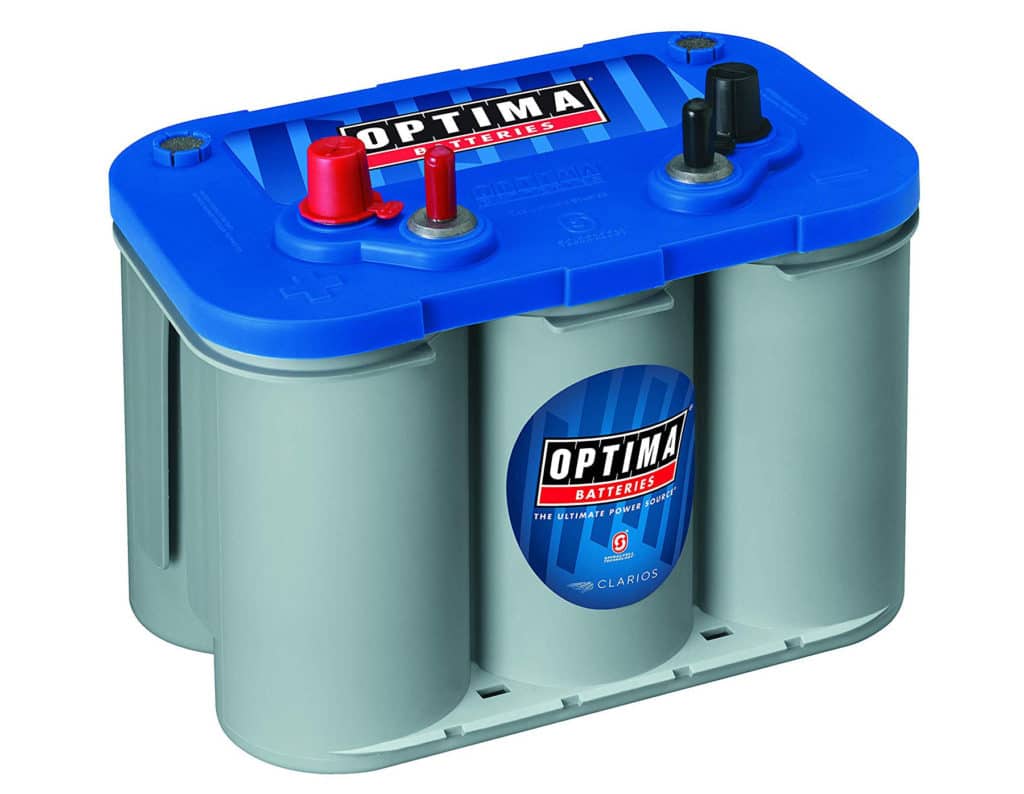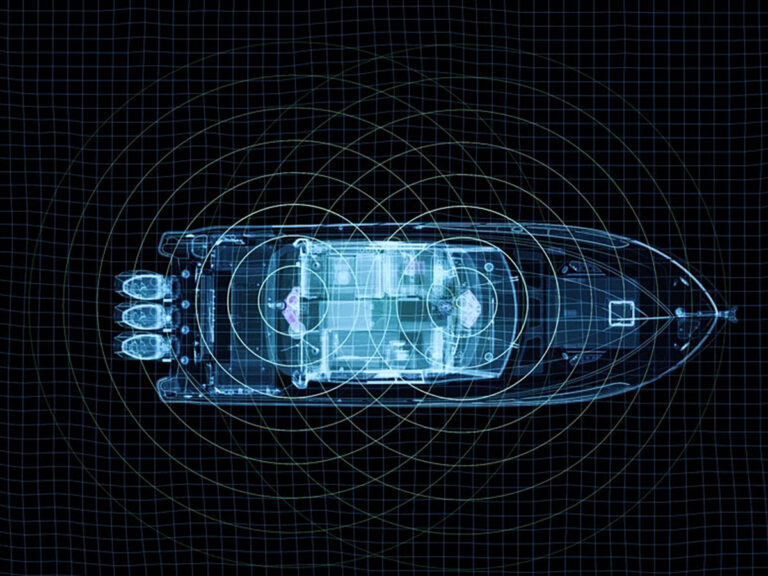At first glance, automotive and marine batteries seem little different. The marine environment, however, puts unique demands on a battery. Waves and rough water pound boat hulls, delivering jarring shock waves and vibration. Unlike the average automotive battery, marine-specific batteries are built to handle the abuse.
Here’s what to look for in your next marine battery.

Battery Chemistry
There are several types of marine batteries on the market, but two are most common — flooded electrolyte and absorbed glass mat (AGM).
Flooded electrolyte batteries have long been the industry standard, delivering ample power at an affordable price. Flooded batteries, however, are far from perfect. Their self-discharge rate is high, meaning if you neglect that battery — fail to keep it charged or top off the cells with distilled water when necessary — you may find your boat unable to start the next sunny weekend. Flooded batteries also need to be kept upright to prevent possible spills, require vented compartments or battery boxes to avoid potential buildup of explosive hydrogen gas (especially during charging), and are susceptible to damage over time from the vibration of pounding waves.
AGM batteries keep the electrolyte contained within spongy rolls of fiberglass mat, where it won’t spill or splash, even if flipped over. AGM batteries also don’t require any added water and can better withstand vibration and jolts. Downside? As you might expect, they’re more expensive.

Starting vs. Deep-Cycle
Starting batteries are tasked with primarily cranking over the engine, and as such are designed to produce a large amount of electrical power for a brief period of time. Tasking the battery with other needs, like lights or a booming stereo when beached at the sandbar or in your favorite party cove, will rapidly shorten its life. Those tasks are better handled by a deep-cycle battery. Deep-cycle batteries may not be best for delivering a jolt of starting power, but they deliver steady power over a much longer period of time.

Sufficient Cranking Amps
As the name implies, a starting battery needs to provide enough cranking amps (CA), the discharge load a fully charged battery can deliver in a period of 30 seconds, to start your particular engine(s). Look in your engine owner’s manual, or contact the dealer or manufacturer, to get this info then buy accordingly. There’s no need to oversize; getting just the cranking amps you need is sufficient.









